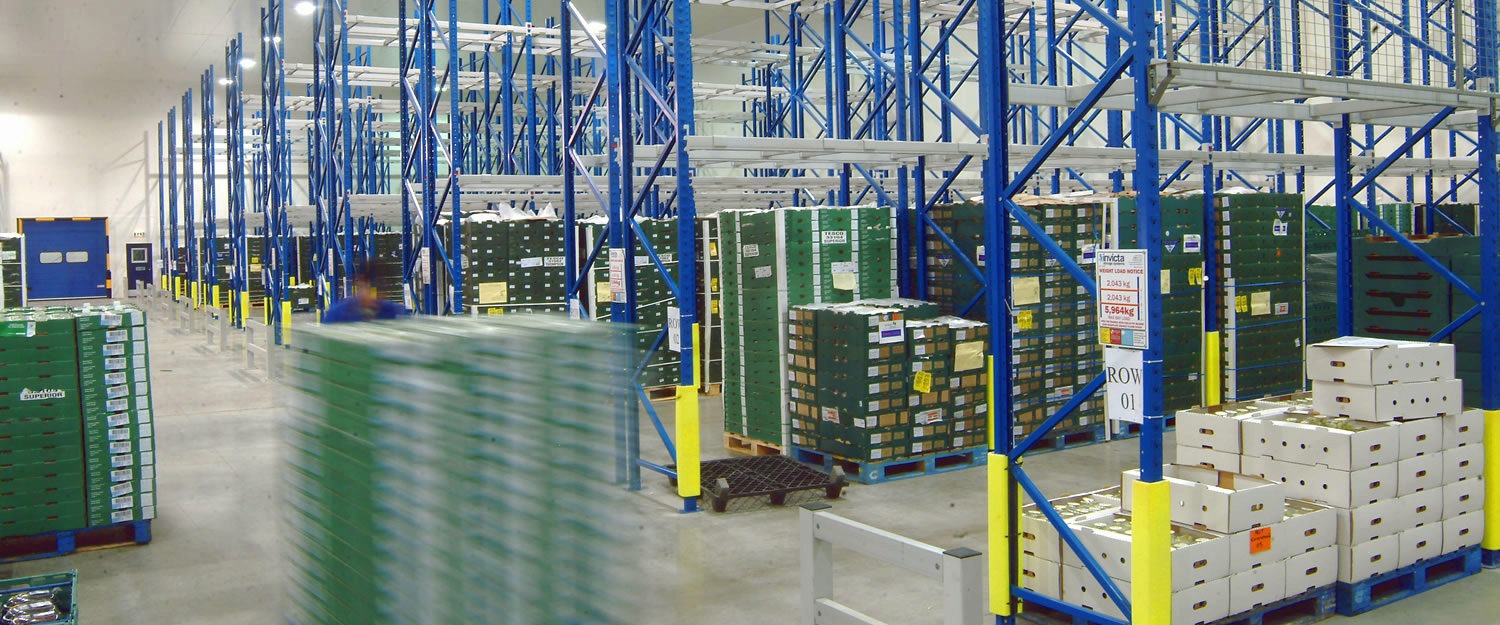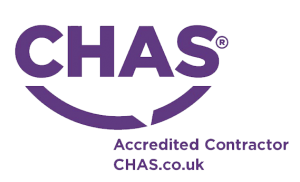For your information
You are being redirected to one of our divisional subsites which contains more detailed information on the required division. To navigate back to the main Invicta Group site, please click the link found in the footer at the bottom of the page.
What to check on your racking for damage
7th January 2020
The telltale signs of visual damage and faults
Quick Quote
Contact Mick Coyne
To get a quotation or arrange a free site survey - Call Mick Coyne on
-
 UK
UK
Current location:
Quick Quote
Contact Mick Coyne
-
 UK
UK
Current location:
Racking inspections should be organised if you suspect damage has occurred to your racking, and properly trained employees will be able to identify and log this damage. If you’re looking to inform someone about the damage, however – or just want to refresh your memory on safety guidelines – here are a few things to look out for when checking your racking for damage.
Inspect all sides of the racking frame
The most obvious source of damage to racking is from accidental collisions by vehicles with the front end, or through missed pallet entry. Improper visual inspections will often only assess the front of the racking for impacts, and deem it to be in good condition. However, this completely misses any potential damage to the back end of the frame, or to its individual components.
When checking your racking frame for damage, you should look at all sides of the frame. Damage to the rear of the frame can often occur when pallets have been inserted at an angle, or where pallets have been loaded improperly and the goods have impacted the frame. Depending on the nature of the racking – e.g. drive-in racking – it could also be caused by vehicles misjudging the depth of the racking.
As well as checking the frame itself, you should also check the common components of the frame for any stress or general wear and tear. These include the posts and post footplates, the shims under the footplates, the bracing on the middle of the frame, and the fixings which anchor the racking. If any of these are misaligned or showing stress, it could indicate a serious issue.

Inspect the front and rear beams
Perhaps the most common form of damage to pallet racking is to the front and rear beams in each bay. This is most often caused by improper pallet insertion and collection, or a misjudgement of the pallet size or bay depth. This should be fairly evident to the driver when it happens, and should be logged immediately, but it’s worth checking for accidental damage.
It’s also important to check the beams for structural issues. If racking is overloaded – that is, the weight of the pallets is more than it is designed to withstand, or pallets have been placed or dropped onto the racking with some force – then the front and rear beams are often the first parts to show damage. Excessive ‘deflection’ (i.e. bending of the beams) indicates that they are under stress and prone to buckling.
You should also check that the beam locks are in place and intact. These plastic or metal accessories secure the beams to the racking, ensuring that the beams are not moved or dislodged during the loading and unloading process. These parts are often proprietary to specific systems with specific load requirements, and are crucial to a safe racking system.
Inspect any accessories on or near the racking
Most racking accessories are a lower priority than the structural elements of your racking, and may not need to be addressed immediately. However, they can often act as a ‘canary in the coalmine’ of racking safety. Damage to accessories often indicates improper loading technique or other poor practices that could cause more serious issues down the line.
Accessories that are commonly damaged in the loading process include the column guards, which should be checked to ensure their integrity after any collision. Decking and anti-collapse mesh – both used to support goods on the racking – should also be closely inspected for impact damage and weaknesses. A failure in either of these could cause goods to fall from pallets, causing injuries or further damage.










Share/Like this page